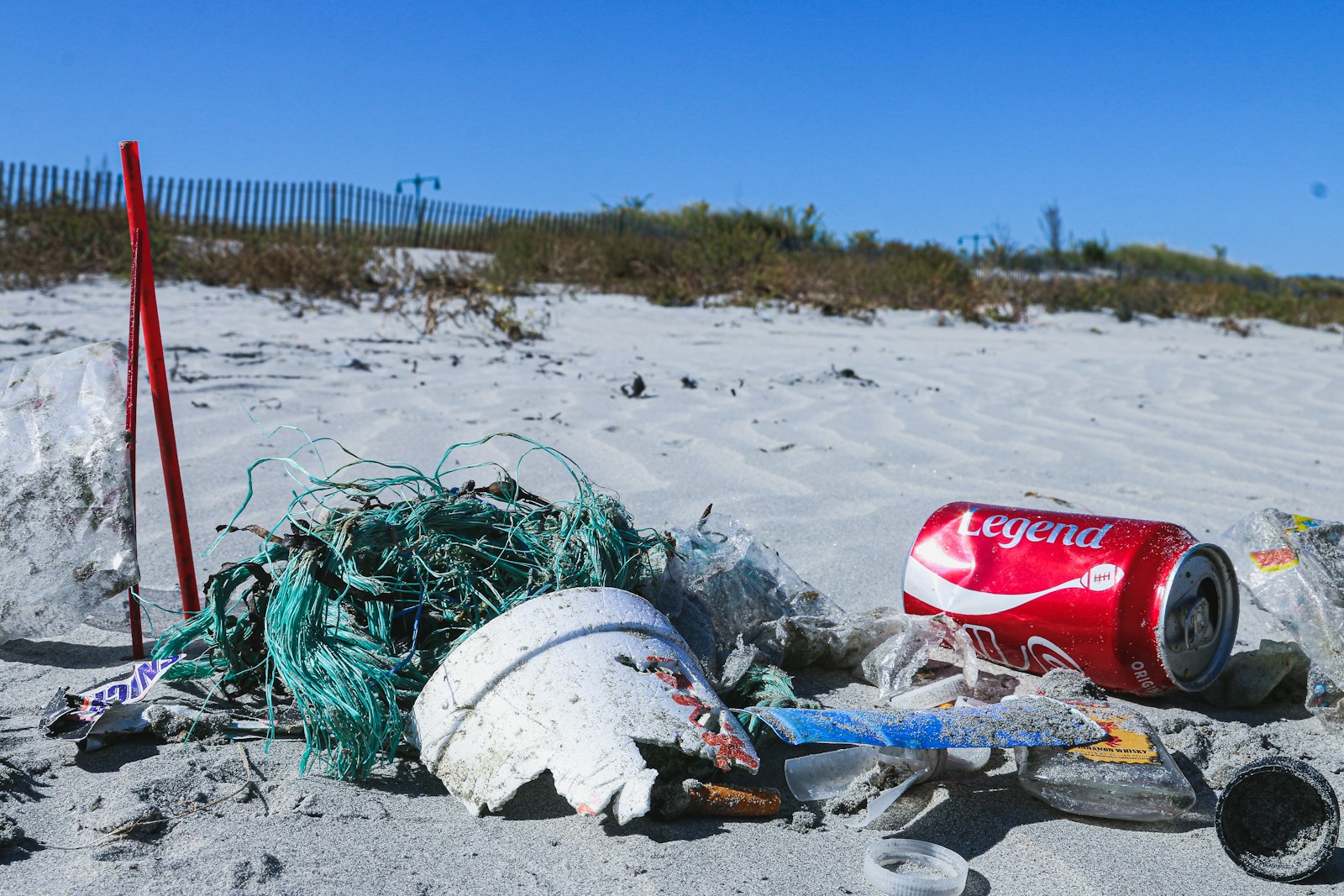Microplastics South Africa: The Silent Threat in Our Waterways
South Africa is grappling with a growing environmental and health crisis caused by microplastic pollution. Over 80% of the country’s freshwater sources are contaminated, exposing millions to invisible particles that sneak into the food chain and human body. This emerging threat demands urgent attention as traditional recycling infrastructure struggles to keep pace with rising plastic waste.
Microplastics, tiny plastic fragments less than 5mm in size, have infiltrated rivers, lakes, and reservoirs. Their pervasive presence not only harms aquatic life but also carries potential long-term health risks for humans. With plastics breaking down but never truly disappearing, South Africa faces a challenge that impacts ecosystems and public health alike.
Microplastics South Africa: Why Microplastics Are Harder to Combat Than You Think
Unlike larger plastic debris, microplastics evade conventional waste management systems. They pass through filters and sewage treatment plants, making their way into water supplies undetected. Even bottled water and tap water have shown traces of these particles, raising questions about exposure through everyday consumption.
Compounding the problem is the lack of comprehensive legislation and infrastructure designed to address microplastic pollution. Without targeted policies and advanced technologies, South Africa risks falling further behind in protecting its environment and citizens.
Microplastics South Africa: The Impact of Microplastics on Human Health
Emerging research suggests that microplastics pose serious threats to human health. These tiny particles can penetrate tissues, cause inflammation, and potentially lead to chronic diseases. Scientists are particularly concerned about their presence in seafood and drinking water, which serve as primary exposure pathways for humans.
South Africa’s coastal communities are at increased risk, as fishing and seafood consumption are vital to their livelihoods and nutrition. Understanding and mitigating these health risks is essential to safeguarding public well-being across the nation.
Microplastics South Africa: Innovative Solutions: Fortis X’s Biodegradable Packaging
One promising response to this crisis comes from Fortis X, a pioneering company offering Africa’s first 100% plant-based, biodegradable packaging. This revolutionary product helps reduce the influx of toxic plastic particles into the environment, breaking down naturally without leaving harmful residues.
By adopting such eco-friendly packaging alternatives, businesses and consumers can actively contribute to reducing microplastic pollution. Learn more about these innovations through Fortis X official site, a leader in sustainable solutions.
Microplastics South Africa: The Role of Policy and Public Awareness
Addressing the microplastics crisis requires strong governmental policies and widespread public education. South Africa must prioritize legislation to regulate plastic production and waste management, alongside campaigns to inform citizens about the dangers of microplastic pollution.
International cooperation and funding are also critical to supporting research, monitoring, and clean-up initiatives. Empowering communities to make environmentally conscious choices will be key to reversing the damage caused by decades of plastic misuse.
Microplastics South Africa: Microplastic Pollution in South Africa’s Ecosystems
Microplastics don’t only affect human health; they severely disrupt ecosystems across South Africa. Freshwater habitats and marine environments are contaminated, impacting biodiversity and the survival of many species. These tiny plastics can be ingested by fish, birds, and other wildlife, causing internal injuries and poisoning.
The ecological imbalance caused by microplastics threatens the natural resources that communities depend on, from fishing to agriculture. Protecting these ecosystems is crucial for maintaining food security and economic stability in the region.
Community Action and Local Innovations
Grassroots initiatives and local entrepreneurs are stepping up to tackle the microplastics challenge head-on. Efforts include clean-up drives, awareness campaigns, and the development of sustainable alternatives to single-use plastics.
For example, our featured article on Green Climate Fund Mauritius highlights successful regional projects promoting environmental sustainability, which can serve as models for South African efforts.
The Urgency of Education and Behavior Change
Informing the public about the dangers of microplastics is vital. Behavioral change, such as reducing plastic use, proper waste disposal, and supporting biodegradable products, can collectively reduce pollution levels.
Schools, media, and community leaders have pivotal roles in spreading awareness and encouraging sustainable habits. Without widespread education, the cycle of pollution and health risks will continue unchecked.
Technological Advances in Tackling Microplastic Pollution
New technologies are emerging to combat microplastic pollution in South Africa. From advanced filtration systems that capture tiny plastic particles in wastewater, to innovative recycling processes that break plastics down more effectively, technology offers hope. Researchers are also exploring biodegradable materials and chemical agents that accelerate plastic degradation without harming ecosystems.
Government agencies and private sectors are investing in pilot projects that test these technologies at scale, aiming to reduce the burden on natural habitats and water sources. Adoption of such technologies could dramatically lower microplastic contamination levels in the near future.
The Role of Businesses in Reducing Microplastics
Businesses hold significant power in shaping the fight against microplastics. By switching to sustainable packaging, like Fortis X’s plant-based solutions, companies can drastically cut plastic waste entering the environment. Moreover, corporate social responsibility initiatives focused on environmental preservation can motivate consumers and partners to join the cause.
Engaging with environmental policies and supporting green innovations also positions businesses as leaders in sustainable development, boosting their brand reputation and customer loyalty.
Conclusion: A Call to Action for South Africa
Microplastics in South Africa present a complex but urgent crisis that touches every aspect of life—from public health to ecosystems and economic stability. Despite the challenges, there are clear pathways forward through innovation, policy, community engagement, and corporate responsibility.
South Africans must act decisively to reduce plastic waste, adopt biodegradable alternatives, and educate citizens about the hidden dangers of microplastics. By working together, the country can protect its environment and future generations from this invisible threat.
Microplastics South Africa is more than an environmental issue—it is a public health emergency that demands attention now, before the costs become irreversible.




